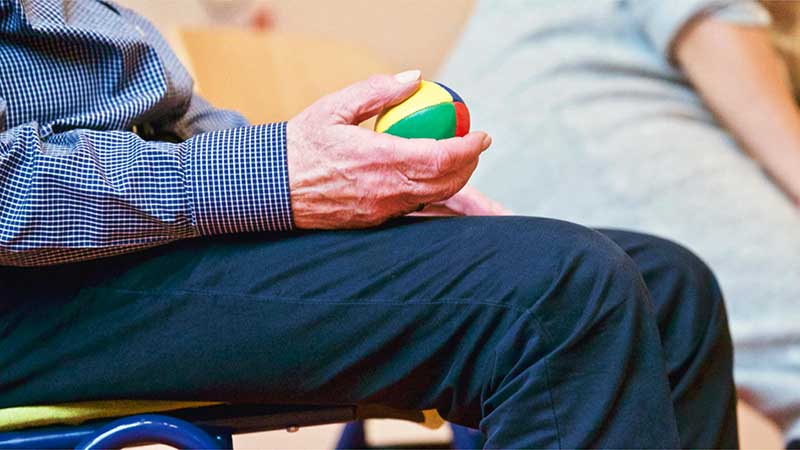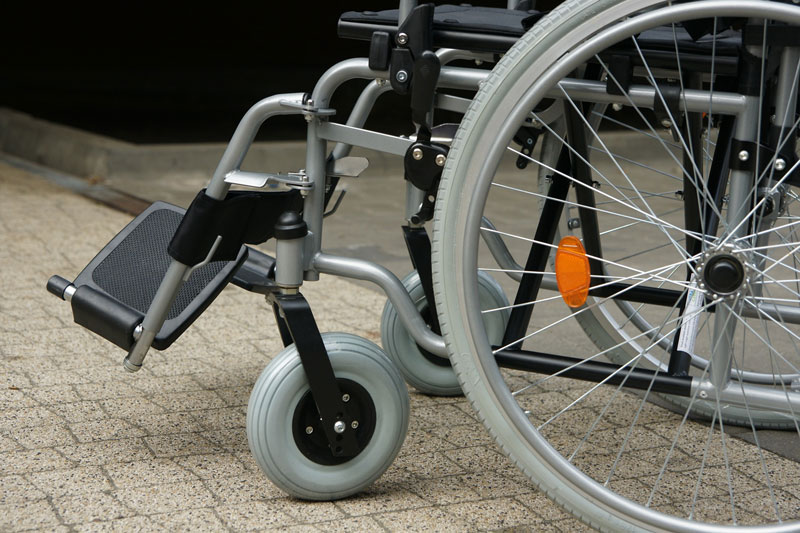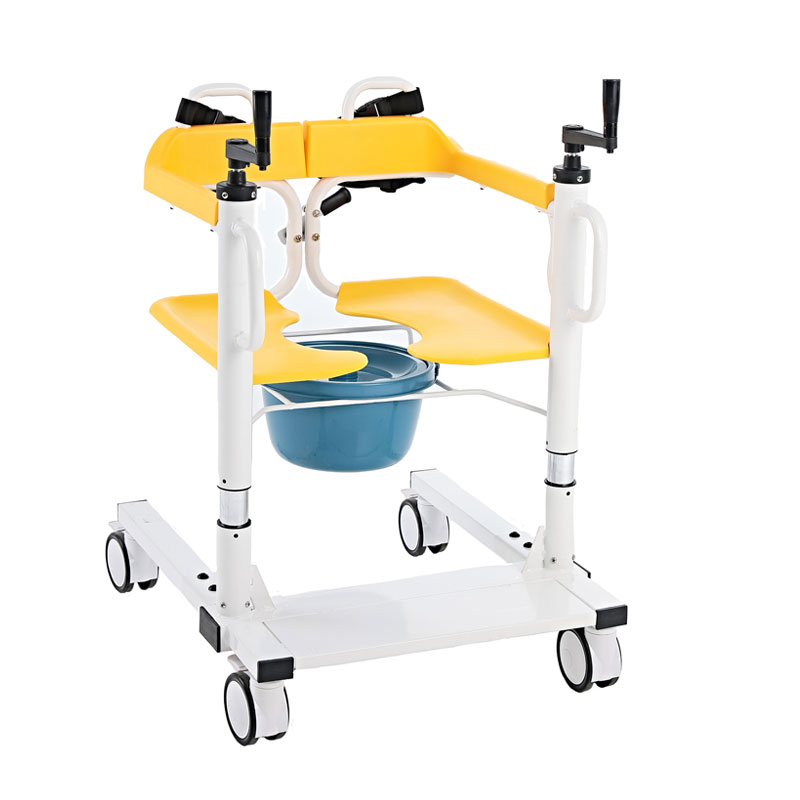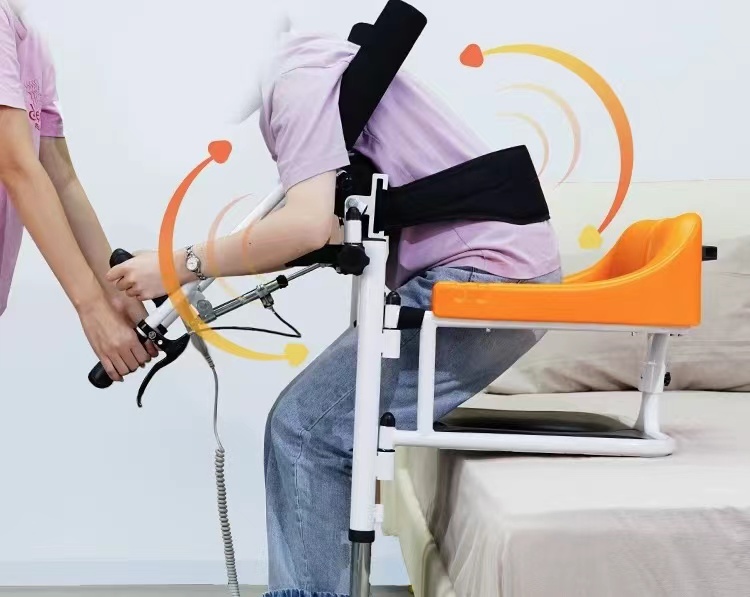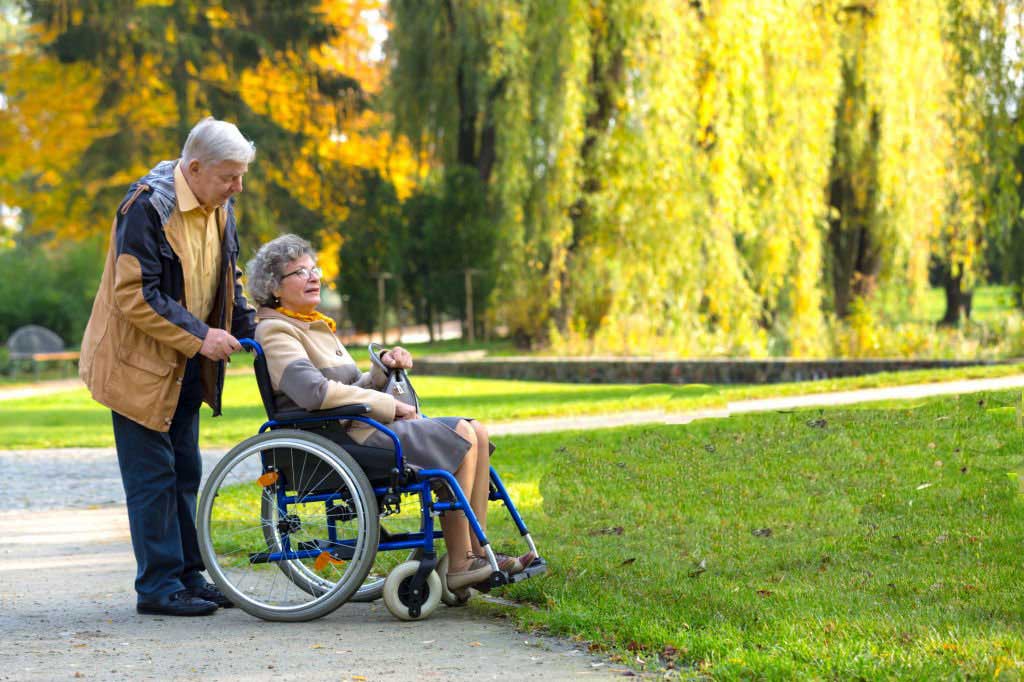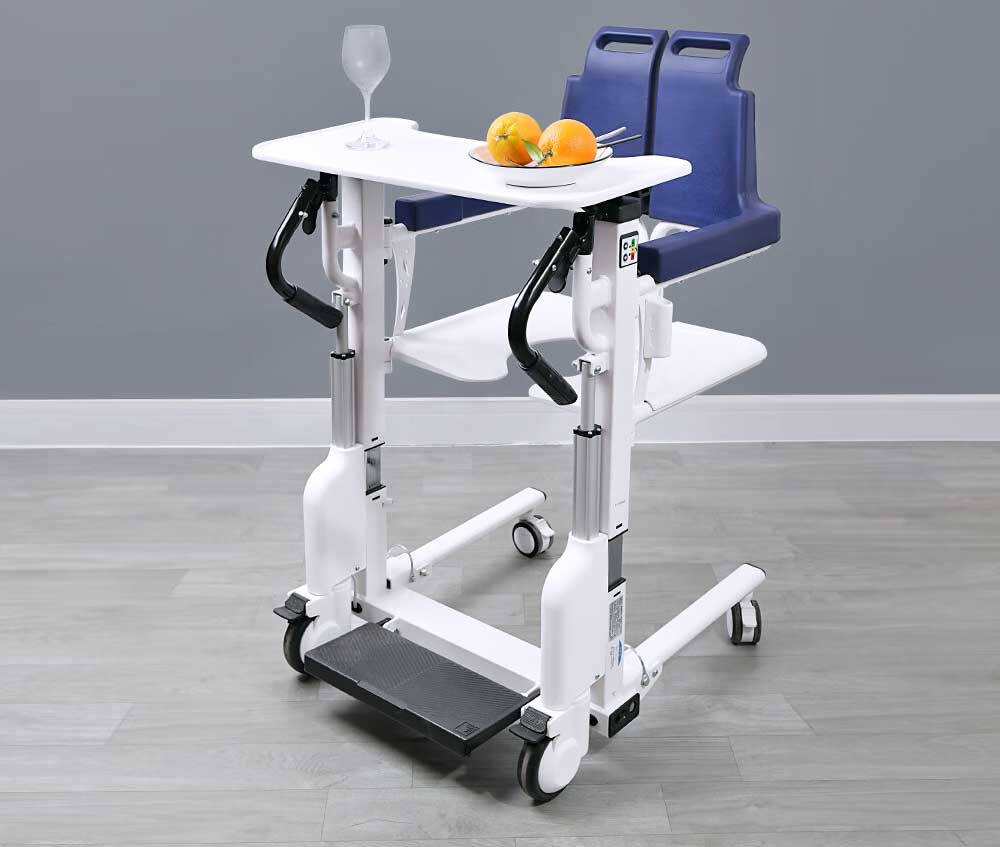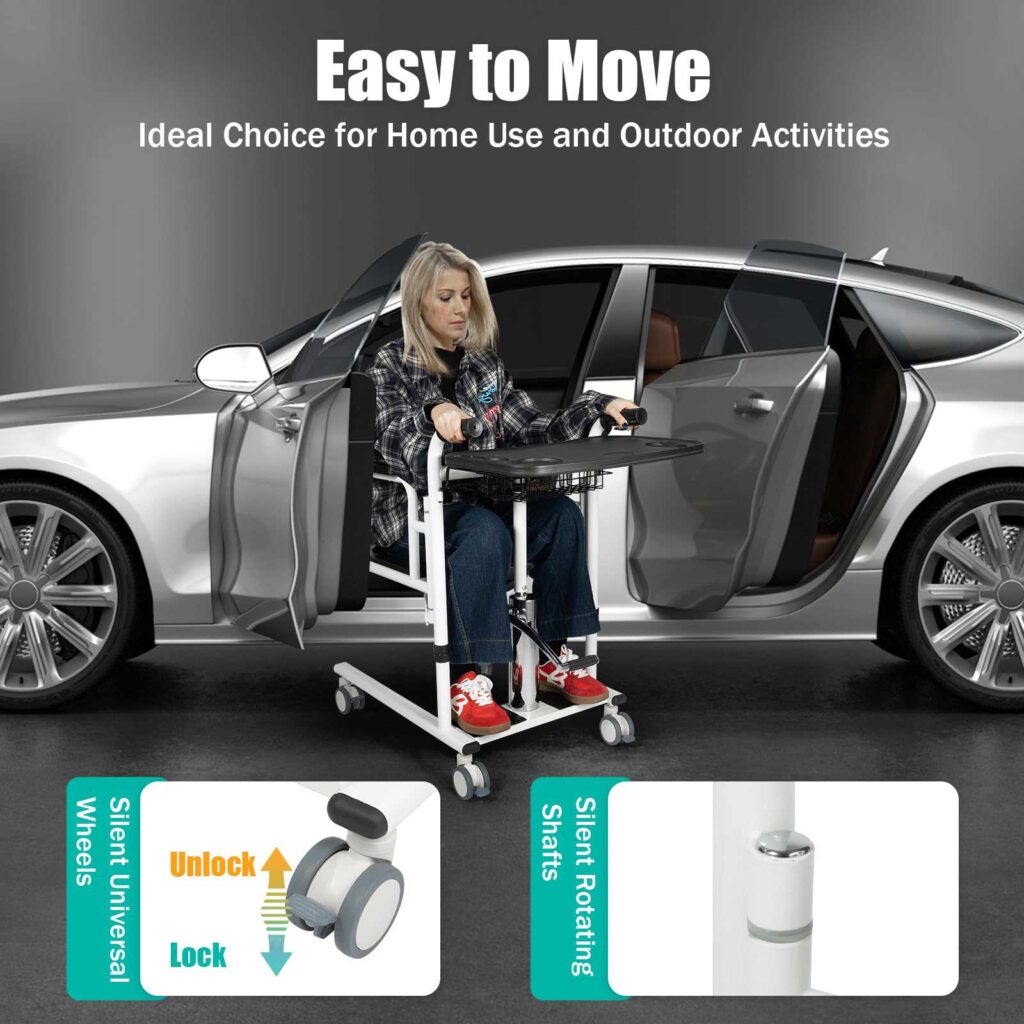Ageally will explore the best transfer chairs, mobility aids, and assistive devices designed to improve comfort, safety, and independence for elderly and disabled users. We will cover different types of transfer chairs (including car transfer seats, wheelchair alternatives, and mobile chairs).
1. The Importance of Transfer Chairs & Mobility Seats for the Elderly and Disabled
As we age or face mobility challenges due to disability, injury, or chronic conditions, simple daily activities—such as sitting down, standing up, or moving from a wheelchair to a car—can become difficult and even hazardous. Falls during transfers are a leading cause of injury among seniors and individuals with limited mobility, often leading to hospitalizations and a loss of independence.
This is where transfer chairs and specialized mobility seats play a crucial role. Unlike traditional wheelchairs, which are designed primarily for continuous mobility, transfer chairs and assistive seating solutions focus on safe, comfortable, and efficient movement between different surfaces (e.g., bed to chair, wheelchair to car, or standing to sitting).
Four facts you should consider when choosing a suitable mobility seat.
Reduce physical strain on both users and caregivers.
Minimize fall risks with stable, ergonomic designs.
Enhance independence by enabling smoother, more controlled movements.
Improve comfort with padded seating, adjustable heights, and supportive features.
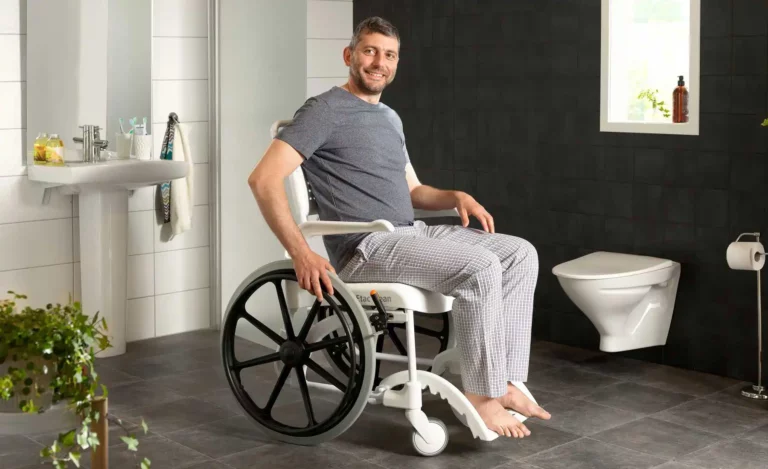
Why Traditional Wheelchairs Aren’t Always the Best Solution
While wheelchairs are essential for many, they aren’t always the most practical option for short-distance transfers. Some limitations include:
Bulky frames that make car transfers difficult.
Lack of swivel or pivot mechanisms, requiring more caregiver assistance.
Limited seat adjustability, which can strain users during transitions.
Transfer chairs, swivel car seats, and other mobility aids address these gaps by offering:
✔ Lightweight, portable designs (some fold for easy transport).
✔ Swivel or sliding functions for smoother car or bed transfers.
✔ Non-slip and ergonomic support to prevent slips and discomfort.
Transfer chairs and mobility seats bridge a critical gap in assistive care, providing safer, more comfortable, and efficient movement solutions compared to standard wheelchairs. Whether for home use, car transfers, or outdoor mobility, choosing the right device can significantly improve quality of life and independence.
2. Types of Transfer & Mobility Chairs: Finding the Right Solution for Your Needs
When selecting a mobility aid, it’s essential to match the device to the user’s specific needs—whether for short-distance transfers, car accessibility, or full-body support. Below, we break down the most common types of transfer chairs and their ideal use cases.
A. Car Transfer Seats (Vehicle Mobility Aids)
Best for: Seniors and disabled individuals who struggle with entering/exiting cars.
Key Features:
Swivel mechanisms – Rotates the user outward for easier transitions.
Adjustable height – Lowers or raises the seat to reduce strain.
Non-slip surfaces & handles – Improves grip and stability.
Portable designs – Some models fold for storage in the car.
Common Types:
Swivel Cushions – Simple, cost-effective pads that rotate to assist with turning.
Pivot Discs – Helps users shift their weight when moving in/out of the car.
Powered Car Transfer Seats – Motorized lift-and-swivel systems for maximum assistance.
Example Use Case: A stroke survivor with limited leg strength uses a swivel car seat to safely transition from their wheelchair into the passenger seat without caregiver strain.
B. Disabled Transfer Chairs (Stand-Assist & Slide Boards)
Best for: Individuals who need partial support when moving between surfaces (e.g., bed to chair).
Key Features:
Lightweight frames – Easy for caregivers to maneuver.
Slide transfer boards – Reduces friction when shifting laterally.
Padded armrests & back support – Enhances comfort during transfers.
Common Types:
Transfer Benches – Used for bathtub or shower transfers.
Stand-Assist Chairs – Provides lift support to help users rise from sitting.
Slider Boards – A flat board that bridges gaps between surfaces (e.g., wheelchair to bed).
Example Use Case: An elderly person with arthritis uses a transfer bench to safely enter the shower without risking a fall.
C. Wheelchair Alternatives (Mobile Chairs & Rollators with Seats)
Best for: Those who need mobility support but don’t require a full wheelchair.
Key Features:
Foldable & compact – Easier to transport than traditional wheelchairs.
Combined walker/seat function – Allows resting breaks during walks.
Lightweight yet sturdy – Balances portability with stability.
Common Types:
Transport Chairs – Ultra-lightweight, caregiver-propelled chairs.
Rollators with Seats – Walkers that include a built-in sitting area.
Knee Scooters – An alternative to crutches for leg injuries.
Example Use Case: A senior with moderate mobility issues uses a rollator with a seat for shopping trips, allowing them to walk or rest as needed.
D. Lift Chairs & Recliners (Powered Sitting/Standing Assistance)
Best for: Individuals with severe mobility limitations who need help sitting or standing.
Key Features:
Motorized lift mechanism – Gently tilts the user into a standing position.
Adjustable reclining angles – Reduces pressure sores for bedridden users.
Remote-controlled operation – Allows independent use.
Example Use Case: A person with advanced Parkinson’s disease uses a lift recliner to stand up safely without caregiver assistance.
E. Specialized Seating for Limited Mobility (Ergonomic Support Chairs)
Best for: Those who need postural support due to conditions like MS, cerebral palsy, or spinal injuries.
Key Features:
Customizable positioning – Adjustable headrests, footplates, and lateral supports.
Pressure-relief cushions – Prevents bedsores in long-term sitting.
Tilt-in-space functionality – Distributes weight evenly for comfort.
Example Use Case: A wheelchair user with scoliosis benefits from a tilt-in-space chair to reduce pressure on the spine.
No single transfer chair fits all needs—the right choice depends on the user’s mobility level, living environment, and specific challenges (e.g., car transfers vs. home seating).
3. Key Features to Consider When Choosing a Transfer Chair
Selecting the right transfer chair requires careful evaluation of several critical factors to ensure safety, comfort, and practicality. Below we examine the most important features to consider, helping you make an informed decision tailored to individual needs.
A. Safety Features (Top Priority)
1. Stability & Base Design
Wider bases prevent tipping
Anti-tip wheels or locking brakes essential for uneven surfaces
Low center of gravity designs for users at fall risk
2. Weight Capacity
Standard models typically support 250-300 lbs
Bariatric options available for 400-600+ lbs
Always choose a chair rated for at least 20% above user’s weight
3. Restraint Systems
Lap belts for posture support
Chest harnesses for users with trunk instability
Quick-release mechanisms for emergency situations
B. Comfort & Ergonomics
1. Seat Design
Pressure-relieving foam or gel cushions (4+ inches thick ideal)
Contoured seats for proper pelvic positioning
Breathable, waterproof fabrics for hygiene
2. Adjustability
Seat height range (16″-22″ accommodates most users)
Armrest height adjustments
Recline and tilt options for pressure redistribution
3. Back Support
High backs (18+ inches) for full trunk support
Lumbar support customization
Headrests for neck stability
C. Ease of Use & Functionality
1. Transfer Mechanisms
Swivel seats (180-360 degree rotation)
Sliding transfer boards
Stand-assist handles (vertical or diagonal grip options)
2. Portability
Foldable frames (check folded dimensions)
Lightweight materials (aircraft-grade aluminum ideal)
Carrying handles or bags for transport
3. Maneuverability
Wheel types (8″ for indoor, 12″+ for outdoor use)
Caster locks for stationary positioning
One-hand drive systems for independent users
D. Specialized Features
1. Powered Options
Battery life (8+ hours for full-day use)
Charge time (overnight vs. quick-charge systems)
Control interfaces (joystick, sip-and-puff, head array)
2. Hygiene Considerations
Antimicrobial fabric treatments
Removable, washable covers
Fluid-resistant surfaces
3. Customization Options
Lateral supports for postural control
Leg rest adjustments
Specialized footplate configurations
Comparative Feature Analysis
| Feature | Essential For | Nice-to-Have | Special Cases |
|---|---|---|---|
| Swivel Seat | Car transfers | Home use | Limited trunk control |
| Stand Assist | Moderate weakness | Early mobility issues | Parkinson's patients |
| Tilt-in-Space | Full-time wheelchair users | Part-time use | Pressure sore risk |
| Bariatric Build | 300+ lbs | Occasional heavy use | Bariatric rehabilitation |
Professional Recommendation
When evaluating transfer chairs, we recommend:
Prioritize safety features – No compromise on stability/weight capacity
Test for real-world use – Simulate daily transfer scenarios
Consider future needs – Progressive conditions may require more support later
Verify insurance coverage – Many Medicare/Medicaid plans cover medically necessary devices
Pro Tip: Occupational therapists can provide invaluable personalized assessments – consider consulting one before major purchases.
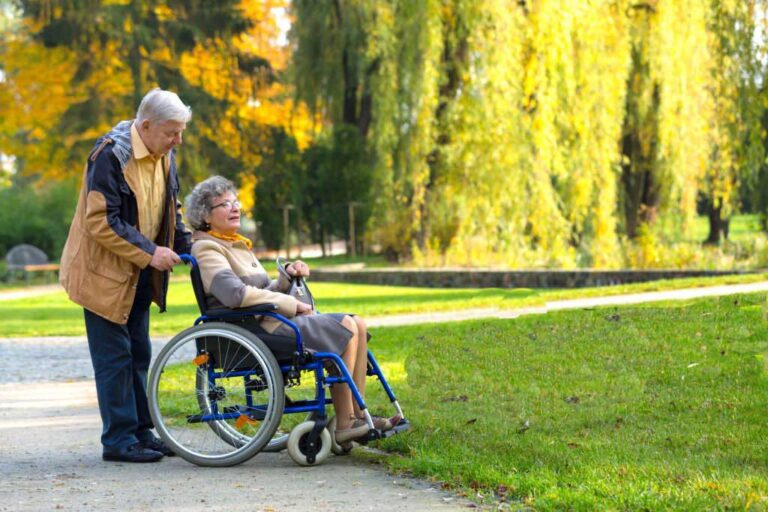
4. Best Transfer Aids & Assistive Devices to Enhance Mobility and Safety
While transfer chairs provide excellent primary support, complementary assistive devices can significantly improve safety and independence during transfers. This section explores essential transfer aids that work alongside mobility chairs to create a complete support system.
A. Transfer Boards: Bridging the Gap Between Surfaces
Key Benefits:
Creates a stable bridge between surfaces
Reduces friction during lateral transfers
Minimizes caregiver strain
Types & Selection Guide:
| Type | Best For | Weight Capacity | Special Features |
|---|---|---|---|
| Standard Straight Board | Basic bed-to-chair transfers | 250-300 lbs | Beveled edges for easy positioning |
| Split Board | Tight spaces | 200-250 lbs | Hinged design folds for storage |
| Contoured Board | Users with limited trunk control | 300-350 lbs | Molded seat depression |
| Padded Board | Pressure sore prevention | 250 lbs | Memory foam surface |
| Bariatric Board | Heavy-duty needs | 500+ lbs | Extra-wide design |
B. Mechanical Lift Systems: When Full Assistance is Needed
1. Ceiling Lifts:
Permanent track systems.
Zero floor space required.
Ideal for: Full-body lifts, bariatric patients.
2. Mobile Floor Lifts:
Portable on wheels.
Adjustable legs for various surfaces.
Ideal for: Multi-room use, home care.
3. Sit-to-Stand Lifts:
Partial weight support.
Promotes active participation.
Ideal for: Rehabilitation, moderate assistance needs.
Key Specifications to Consider:
Lift capacity (standard 300-450 lbs), Battery life (for powered models), Sling compatibility (U-style vs. full-body).
C. Pivot Discs & Rotating Aids: For Standing Transfers
Clinical Insight: These devices are particularly beneficial for users with limited lower body mobility but sufficient upper body strength.
D. Grab Bars & Support Rails: Essential Stability Aids
| Location | Recommended Type | Optimal Height | Special Considerations |
|---|---|---|---|
| Bedside | Horizontal bar | 28-34" above floor | Install on both sides |
| Toilet | Flip-up style | 33-36" above floor | ADA-compliant spacing |
| Shower | Diagonal bar | 30-42" variable | Corrosion-resistant material |
| Car | Assist handle | Custom position | Vehicle-specific mounts |
Safety Note: All support rails should withstand at least 250 lbs of downward force when properly installed.
E. Specialty Transfer Aids: Niche Solutions
Creating a Complete Transfer System: Professional Recommendations
Therapist Tip: Combine devices strategically – example: use a transfer board with a gait belt for optimal safety during bed-to-chair transfers.
Insurance & Financial Considerations
Medicare Part B typically covers medically necessary transfer equipment.
Documentation requirements: Physician prescription + Letter of Medical Necessity.
VA benefits often cover advanced systems for qualified veterans.
Non-profit organizations may provide grants for equipment.
5. How to Choose the Right Transfer Chair: A Step-by-Step Selection Guide
Selecting the ideal transfer chair requires careful consideration of the user’s physical capabilities, living environment, and daily routines. This comprehensive guide walks you through the decision-making process to ensure optimal safety and functionality.
A. Assessing Individual Mobility Needs
1. Mobility Level Evaluation
Independent transfers: Users who can self-transfer with minimal assistance
→ Consider: Swivel seats, transfer boards.
Partial assistance needed: Requires some caregiver support
→ Consider: Stand-assist chairs, pivot discs.
Full dependence: Complete lifting required
→ Consider: Mechanical lifts, bariatric transfer systems.
2. Physical Capability Checklist
Upper body strength (ability to push/pull)
Trunk control and balance
Weight-bearing capacity
Range of motion in hips/knees
Presence of tremors or spasms
3. Common Condition-Specific Recommendations
Condition: Recommended Features.
Arthritis: Powered lift mechanism, padded armrests.
Stroke: One-sided support, non-slip surfaces.
Parkinson’s: Weighted base, standing assist.
Spinal Injury: Tilt-in-space, pressure relief.
ALS/MS: Progressive adjustability, head support.
B. Environmental Considerations
1.Home Layout Analysis
Space constraints: Measure doorways, hallways, and turning radius.
Flooring types: Carpet vs. hardwood/tile (affects wheel choice).
Multi-level homes: Consider portable vs. permanent solutions.
2. Vehicle Transfers
Sedans: Low-profile swivel seats.
SUVs/Vans: Transfer boards with handles.
Wheelchair-accessible vehicles: Integrated ramp systems.
3. Community Access Needs
Public transportation compatibility.
Foldability for car trunk storage.
Weather-resistant materials for outdoor use.
C. Caregiver Factors
1. Caregiver Physical Ability
Height differential between user and caregiver.
Caregiver’s own strength limitations.
Availability of multiple caregivers.
2. Transfer Technique Optimization
Proper body mechanics training
Use of transfer belts.
Adequate clearance space.
D. Decision-Making Flowchart
Primary Transfer Challenge?
Bed ↔ Chair → Consider: Slide boards, stand-assist rails.
Chair ↔ Car → Consider: Swivel car seats, transfer turntables.
Floor ↔ Chair → Consider: Mechanical lifts.
Frequency of Use?
Occasional → Portable, foldable options.
Daily → Durable, permanent solutions.
Future Needs?
Progressive conditions → Adjustable, upgradable systems.
Temporary recovery → Rental options.
As we’ve explored throughout this guide, selecting and properly using transfer chairs requires careful consideration of both immediate needs and long-term mobility requirements.
